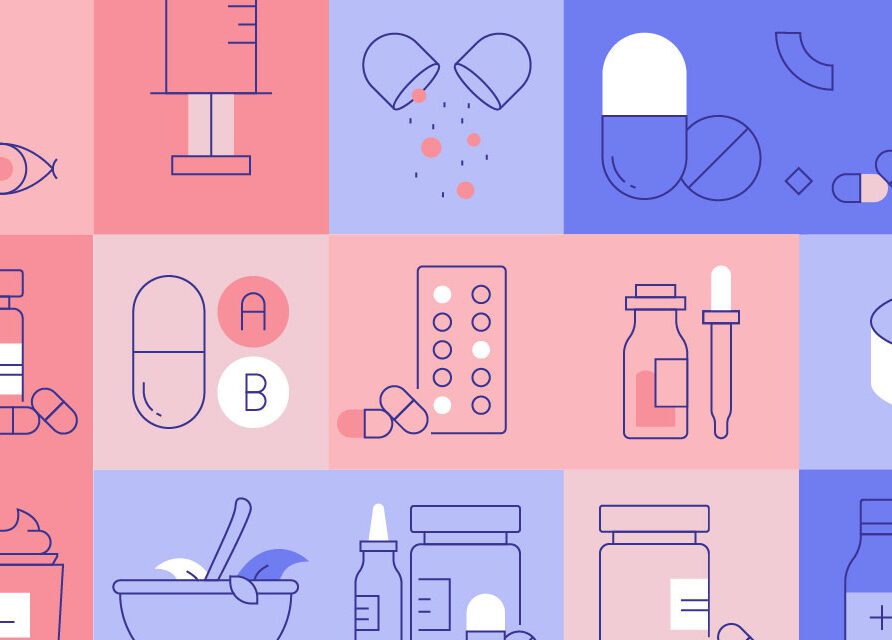Article
The hidden cost of inaction: How hospitals can prevent adverse events with better patient engagement
In healthcare, the difference between a positive patient outcome and a costly, potentially adverse event often hinges on one factor: engagement. Patients who are actively involved in their care—understanding their medications, communicating with their providers and staying on top of appointments—are less likely to experience complications that lead to readmissions or emergency interventions. Yet, despite advancements in digital health, gaps remain.
For hospitals, the challenge isn’t just about offering tools for engagement but ensuring they’re effective. A passive patient portal isn’t enough. Hospitals need solutions that proactively address the three major drivers of medication-related adverse events: medication adherence, secure provider communication and streamlined scheduling.
With new mobile-first patient engagement platforms emerging, hospitals are at a crucial decision point: invest in engagement or continue paying the price of avoidable patient events. Let’s explore how these three areas can drastically reduce risk and financial burden.
For hospitals, the challenge isn’t just about offering tools for engagement but ensuring they’re effective. A passive patient portal isn’t enough. Hospitals need solutions that proactively address the three major drivers of medication-related adverse events: medication adherence, secure provider communication and streamlined scheduling.
1. Medication adherence: The most overlooked risk factor in patient safety
Medication nonadherence is the single greatest contributor in adverse drug events (ADEs). The numbers are staggering:
- Up to 50% of patients do not take their medications as prescribed, leading to complications, hospitalizations and increased mortality.
- Medication nonadherence contributes to 125,000 deaths annually in the U.S.
- Hospitals incur an estimated $100 billion in avoidable costs due to readmissions and emergency care related to medication nonadherence.
Many hospitals have patient portals that remind patients about prescriptions, but push notifications alone aren’t enough. What’s needed is an integrated mobile approach that reinforces urgency and provides frictionless adherence tracking.
Now, imagine a platform that goes beyond basic reminders, one that uses behavioral economics to nudge patients when they’re most likely to act, sending secure alerts when a dose is missed and providing real-time pharmacist consultations through in-app chat functionalities. This isn’t just a matter of convenience; it’s a direct intervention that prevents unnecessary hospitalizations.
For hospitals hesitant to invest in engagement, the real question isn’t “what’s the cost of implementing a better solution?” but rather, “what’s the cost of continuing as we are?”
2. Secure messaging: The frontline defense against costly communication gaps
Patients leaving a hospital confused about their discharge instructions are at risk. A misplaced dosage instruction, an unanswered side effect question or a miscommunication about tapering a medication can result in avoidable emergency visits.
- A study by the NIH found that poor communication is a contributing factor in more than 60% of all hospital adverse events in the U.S.
One in five patients experience an adverse event within three weeks after hospital discharge, of which one in three was considered preventable.
Secure messaging isn’t just a check in the compliance box—it’s often a lifeline for patients who need clarity in real time. By providing on-demand access to pharmacists, nurses or even AI-driven triage assistants, hospitals can preempt costly missteps before they turn into emergencies.
The psychological barrier to patient outreach is real—many hesitate to “bother” their doctors with questions. A well-designed messaging system removes that hesitation. Patients who know they can send a quick, secure question from their phones are far more likely to seek clarification before a problem escalates.

3. Scheduling: Preventing the downward spiral of missed appointments
Even if patients take their medications correctly and get their questions answered, missing follow-up visits can undo all progress. Medication regimens often require titration, lab monitoring, or specialist check-ins, yet appointment nonadherence remains a massive challenge.
- One-third of patients skip follow-up visits, often due to scheduling difficulties, leading to medication mismanagement.
- Missed appointments cost the U.S. healthcare system $150B annually and significantly increase risk of hospital readmission.
Hospitals have historically underestimated the financial impact of scheduling inefficiencies. Patients need seamless rescheduling options, digital waitlists and proactive nudges that reduce friction.
By applying consumer-grade scheduling logic—letting patients adjust appointments in seconds, receive personalized rescheduling suggestions, and get urgent reminders that trigger action—hospitals can eliminate no-show waste and ensure continuity of care.
Final thoughts: A call to action for smarter patient engagement
The good news? The tools to fix these problems exist today. Hospitals that invest in better medication adherence tracking, secure provider messaging and effortless scheduling aren’t just making patient lives easier—they’re preventing medical crises before they happen.
The biggest risk isn’t the cost of implementing these systems. It’s doing nothing and hoping patient behavior changes on its own.
At Altera, we’re thrilled to be part of the patient engagement conversation with our new Sunrise™ CarePath patient portal. With it, patients are empowered to manage their own health, anywhere, any time. Learn more about how this solution can help drive better patient (and provider) experiences.












